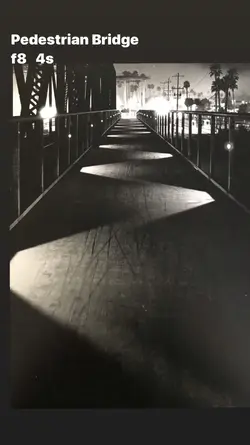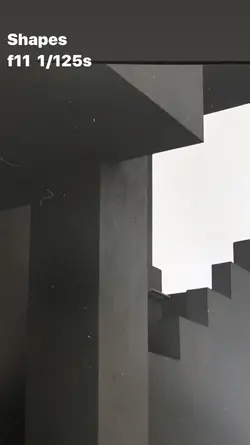Lowering one's exposure index is the very first step to getting a more generous exposure. The OP has already told us basically how he meters...lowering the exposure index by one exposure value will lead to a more generous exposure even though he makes no change in his light metering technique.
Generally, Exposure Index is more of a reference for digital cameras as opposed to film. In digital, if you have an exposure index (a TRUE exposure index) of say "800", that is the native value of sensitivity to light that the chip has to record a specific value correctly on the chip itself. Using this value, if assigned by the manufacturer, will yield the best results for noise, contrast and exposure. So, if you go higher or lower than this value, it will involve post processing in both photography and cinematography, which in the case of the OP, is not a helpful thing. It can also introduce a significant level of noise as well, which again is not good. In ISO's, which have been around since 1974 and are a combination of the old ASA and DIN (German) standards. Pushing and pulling the ISO also causes issues within the film. Pull the processing, shooting at say 100 or 200 with 400 ISO film can introduce contrast issues simply because the over exposure can not allow full development of the highlights, and you'll often get muddy looking prints without proper contrast changes. Generally, pulling film is done to control the contrast of a VERY contrasty scene and not for exposure only compensation. If not exposed and compensate in the processing accordingly, you risk blown out highlights on the film itself and gross over exposure. Oppositely, if you push the film, you need to process it differently as well. When you push film, you are grossly under exposing the film (again, according the the manufacturer's recommendations) and compensating for this by significantly over developing. This also has significant issues with both contrast, which is very high (and opposite of pulling the film) and extensive grain. Using specific developers for this, such as Acufine can limit these bad traits, but there are still compensations that need to be made in printing as well. It can get quite complicated. A good densitometer will prove this for the film side quite easily.
Because of this complication, and the OP own admission that they are fairly new to all of this, it is best to stick to the manufacturer's recommendations. Shoot at 400 ISO, metering correctly, then developing correctly with fresh chemistry and good working habits consistently and their results will improve. Changing ISO's and EI's, and using the terms interchangeably is confusing to anyone starting out in this process, so let's keep it simple for them and make it correct. After they become more proficient, then start the experimentation, but first, get it right to begin with. Just my take on this.
Cordially,
Mark

 [/QUOTE
[/QUOTE









![[No title]](/data/xfmg/thumbnail/31/31019-2d026027bccbe16cea34daffbab9e4f0.jpg?1734159107)
![[No title]](/data/xfmg/thumbnail/31/31017-dec7e898bd21f99b70534f8d06a4154c.jpg?1734159103)

![[No title]](/data/xfmg/thumbnail/42/42328-c1143adda9734f7d05ce4361e79c27a7.jpg?1734176824)



